Discover the City of Pedro II: Nature, Culture and History in Piauí
The city of Pedro II, known as the Switzerland of Piauí, is a charming city located in the north of Piauí, about 200 kilometres from Teresina, the capital of Piauí.
The city is famous for its mild climate, natural beauty, historical and cultural riches and for being the only noble opal mining site in Brazil.
Pedro II is located in the Serra dos Matões. At 600 metres above sea level, it enjoys mild temperatures all year round.
The precious stone opal was discovered in Pedro II in 1930. The city is also known as the Land of the Opal and the Switzerland of Piauí due to its mountainous climate.
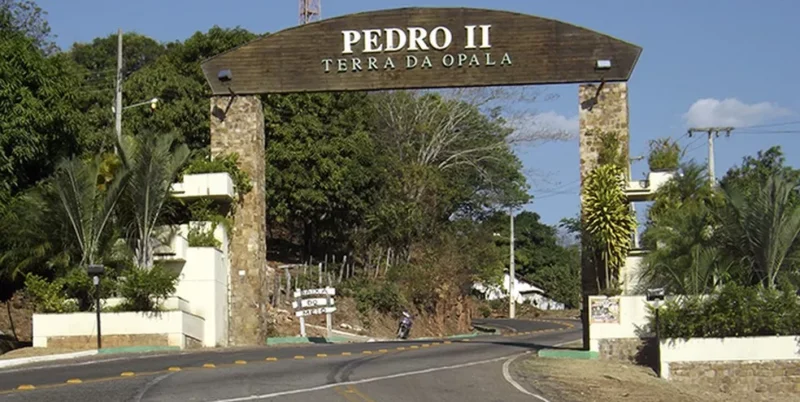
The waterfalls, rock formations and trails are the perfect setting for extreme sports or for those who just want to walk around and enjoy the nature.
In the urban area, the Portuguese-style houses reveal the countryside and all the history behind the colonisation, but the indigenous element is also present: the more than 200 archaeological sites are living proof of the presence of communities that inhabited these lands thousands of years ago.
Under the city lies the Opal Stone, a precious gem found only in this region of Piauí and in Australia.
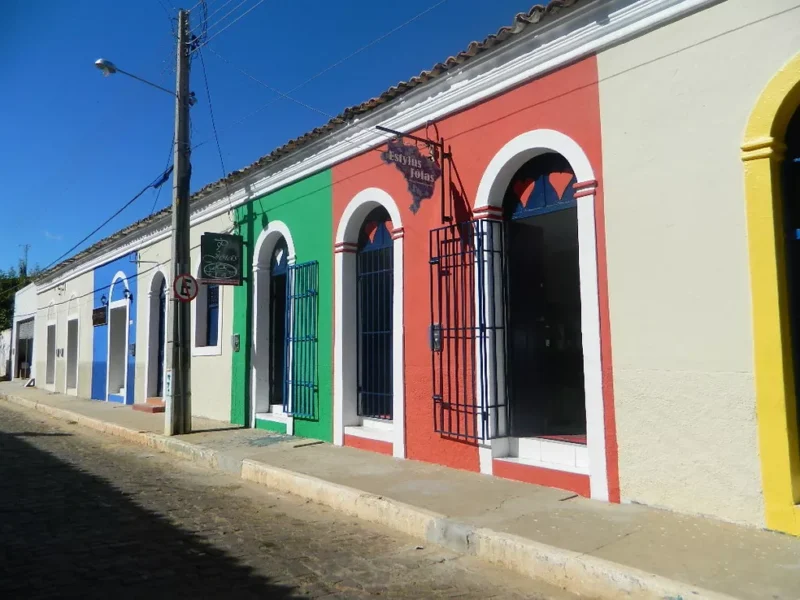
Handicrafts with cotton yarn are an important cultural feature, with tapestries and hammocks of nationally recognised quality.
For those who like good music, there is the Winter Festival, held annually since 2004 on the Corpus Christi holiday, which brings together all the municipality’s potential – ecotourism, crafts, sports – and music, with shows by local, national and international artists.
Pedro II also has options for those who want to experience rural life, with the possibility of staying in the homes of rural people.
Videos – Tourist Attractions in the City of Pedro II and the Precious Opal Stone
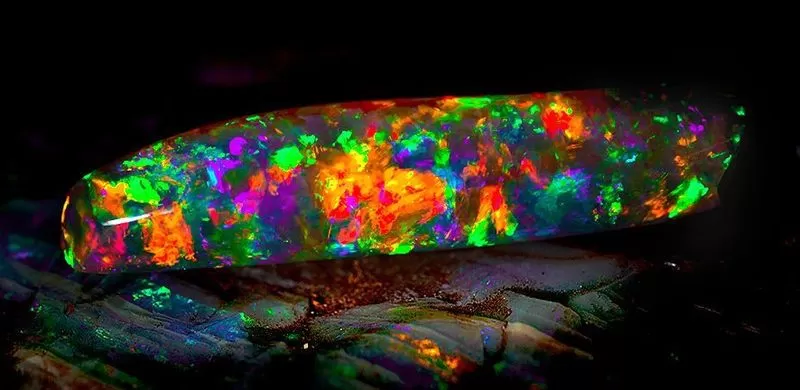

Cidade de Pedro II é a Terra da Opala11:46

cidade de Pedro II - Guia de Turismo03:23

Sítios Arqueológicos de Pedro II02:40

Opala preciosa que gera riquezas em Pedro II01:41

PEDRA OPALA - COMO SÃO PRODUZIDAS JÓIAS01:41
See also Opal is one of the most beautiful gemstones found in Brazil.
1. Tourist Attractions
- Historic centre
- Handicrafts
- Opal Route
- Archaeological sites
- Roça Museum
- Buritizinho Farm
- Rural Tourism
- Marialves Chapel
- Ecotourism and Sports
- Screamer Viewpoint
1. Historic Centre
The city centre has centuries-old Portuguese-inspired buildings as well as mansions that recall the economic heyday of the first half of the 20th century.
Many tourists are enchanted by the buildings that retain the characteristics of the 19th century. Colourful buildings can be seen all over the city, attracting attention for their traditional architecture and the historical significance they represent.
Most of these buildings are located in the city centre. Many of them serve as the public offices of the municipality.
1.1 Tertuliano Brandão Filho Memorial
The Tertuliano Brandão Filho Memorial houses a collection of images and documents from the city.

1.2 Board of Trade
The site, which was used as the city’s commercial centre in the 1940s, spent a period inactive without being used as a public building.
In 2005, the Board of Trade was renovated and reopened, this time as a centre for the polishing of opals produced in the city.
1.3 Solar da Estrela Marrom
Colonel Domingos Mourão was Municipal Commissioner, head of the State and Federal Collectorate.
In the 1930s, this mansion was bombed by order of the Federal Government of the day. The house is still decorated with furniture and utensils from the time it was built.

1.4 Church of Our Lady of the Conception
The Church of Our Lady of the Conception replaced the chapel dedicated to the same saint, brought by the Portuguese in the 18th century.
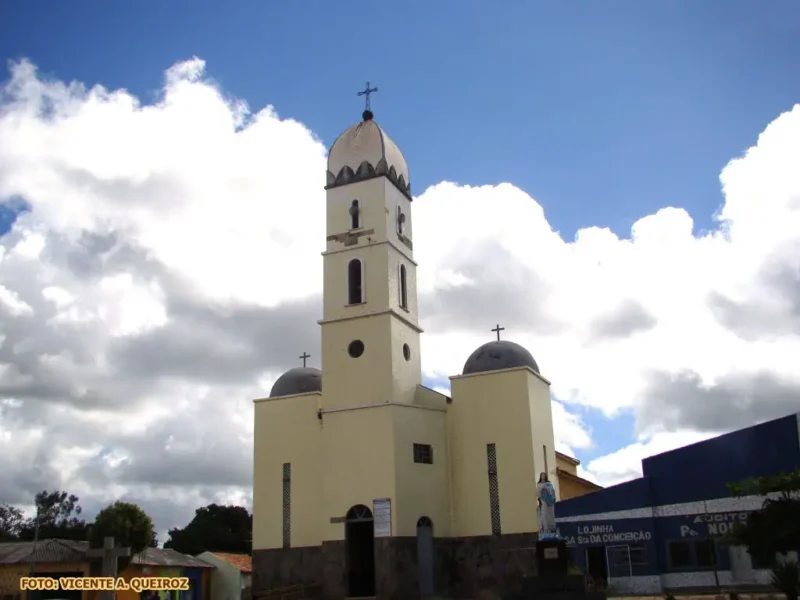
1.5 The Town Hall
This building has housed the police station, a club, the city hall and, since 1918, the seat of the municipal government.
In the mayor’s office there is a painting of King Pedro II, dated 1925, painted by a Sister of Charity from Teresina.
1.6. Dona Miriam Mourão Eduardo Pereira Handicraft Workshop
Now a school, it was once the residence of Captain Domingos da Silva Mourão, the town’s promoter and politician.
Since his death in 1893, it has served as a public building. In the 1920s and 1930s it was the headquarters of the Post Office and since 1998 it has been used by the Craft Workshop, a partnership between SEBRAE and the Town Hall.
2. Handicrafts
Cotton thread Handicrafts have been a tradition in Pedro II since at least the 19th century.
According to oral tradition, it all began with the three sisters Severa, Honorina and Mariana, who introduced the loom to the town and then spread the techniques for making hammocks, the most famous product. Today they also make quilts, bags, placemats and other items.
Pedro II is also known for its opal handicrafts, but also for its ceramics, laces and other handmade products. The craft shops and fairs are great places to buy authentic souvenirs of the region.
3. The Opal Route
It is also possible to take a tour that covers the entire opal production chain, from the mines, the most famous of which is the Boi Morto mine, one of the largest open-cast mines in the world, to the cutting and jewellery workshops.

4. Archaeological sites
Pedro II has more than 200 panels of catalogued archaeological sites, four of which are equipped to receive tourists:
- Serra do Quinto
- Buriti Grande dos Aquiles
- Tower 1
- Tower 2
The animal, man and abstract figures are the result of years of human occupation. A guide is needed.
The Torre archaeological site, comprising Torre 1 and Torre 2, is located about 8 km from the town of Pedro II.
The main access is via the BR-404 motorway, which connects the municipality of Pedro II with Poranga, in Ceará.
You can reach the many rock inscriptions in just 15 minutes by car and then walk along a short, easy trail.
What the Archaeological Site of Pedro II is like
The Torre archaeological site contains panels of rock inscriptions that show us the presence of primitive civilisations that inhabited the region.
Tower 1 has 3 panels where there is the greatest concentration of figures. The oldest inscriptions date from 12,000 years ago.
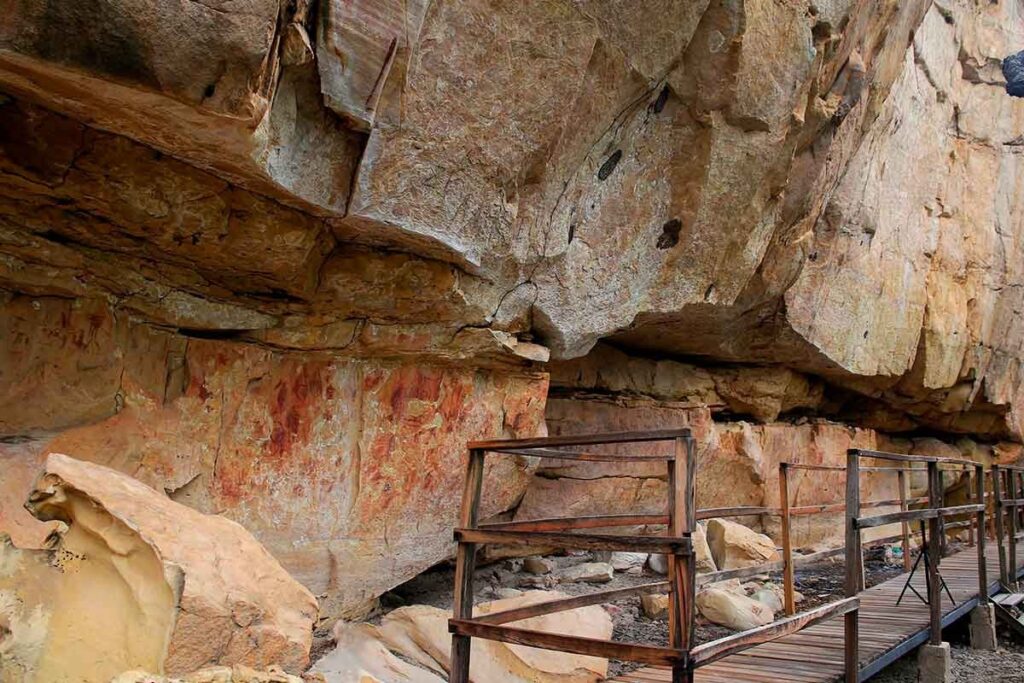
In these rooms you can see how our ancestors lived. Some of them are represented by more abstract graphics, i.e. paintings that don’t include images of animals, humans or nature.
In others we can already see paintings with human and animal figures.
The paintings vary in size from small to large, all with reddish tones.
Panel 3 contains the largest paintings. All of this can be seen from a structure that houses a covered walkway from which you can get close to the remains, take photographs and admire them.
In addition to all this historical richness, when you visit the Torre archaeological site you’ll also be treated to a rich biome of cerrado and caatinga species, as well as the animals and plants that belong to these biomes.
Foxes, Reptiles, Amphibians and Birds of the Cerrado and Caatinga can be found there.
5. Roça Museum
This private museum is located about 10 kilometres from the city centre.
It is housed in a 19th century mansion and has an eclectic collection showing the social development of the town and its mining beginnings. It also has a restaurant with a swimming pool and a hammock.
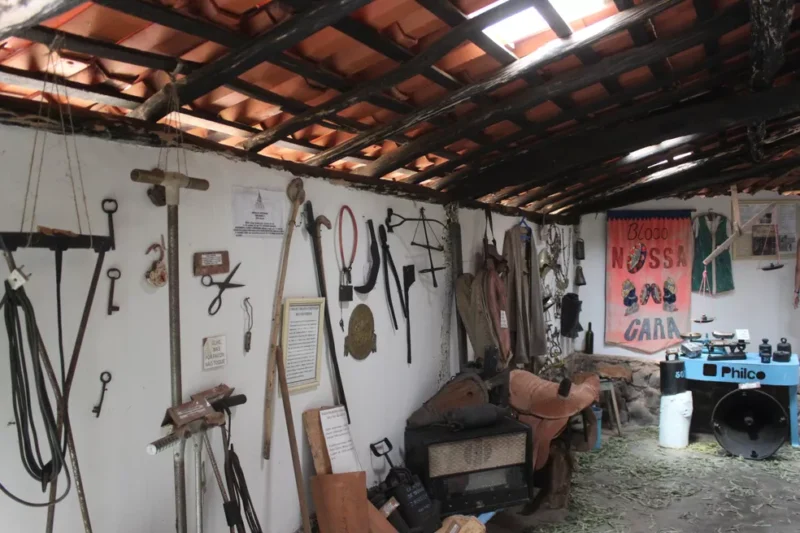
Located in the country, the museum is a must for visitors to the city. With a collection of more than 2,000 items, including crockery, handicrafts and farming implements, the Museum of Roça attracts thousands of tourists every year.
The place brings together a bit of everything: typewriters, furniture, pictures of saints, books, records, leather goods, crockery, banknotes, chests and anything else that can keep the memory of the city alive, according to Anitalice Galvão, the room’s creator.
Open Saturdays, Sundays and holidays.
6. Sítio Buritizinho
This private estate is open during the city’s festivals and celebrations.
There is a Sugar Mill and a Casa de Farinha where you can see and interact with the processes of making products from sugar cane (juice, rapadura) and manioc (flour, gum, tapioca).
7. Rural tourism
Families in rural areas also welcome tourists who want to experience rural life, such as planting, harvesting and looking after animals.
8. Marialves Chapel
A girl who died of hunger and thirst is considered a saint by many people.
It is said that many years ago a family left Ceará to escape the drought and lost its members on the way, leaving only the 14-year-old Maria Alves, who died in the shade of a tree in Pedro II.
Since then, the girl has had several devotees who have built a chapel in her honour.
9. Ecotourism and sports
Pedro II has several trails and side roads used for sports such as rallies, enduros and racing competitions in the midst of cerrado, caatinga and atlantic forest vegetation. There are also several Waterfalls which, as well as being used for swimming, are also used for abseiling.

These include the Salto Liso waterfall, which is 26 metres high and has cold water – open from February to July; and the Urubu Rei waterfall, which is difficult to access and has a 76 metre drop.
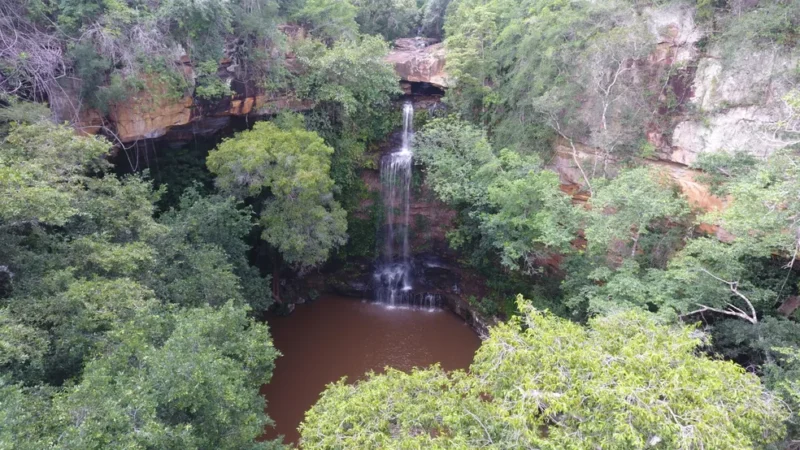
10. Mirante do Gritador
Situated at an altitude of 729 metres above sea level, this belvedere offers a magnificent view of the valleys between Pedro II and the parishes of Piracuruca, São João da Fronteira and Domingos Mourão.
One of the most visited places in the city, the Viewpoint on the Morro do Gritador offers an incredible view to those who arrive.
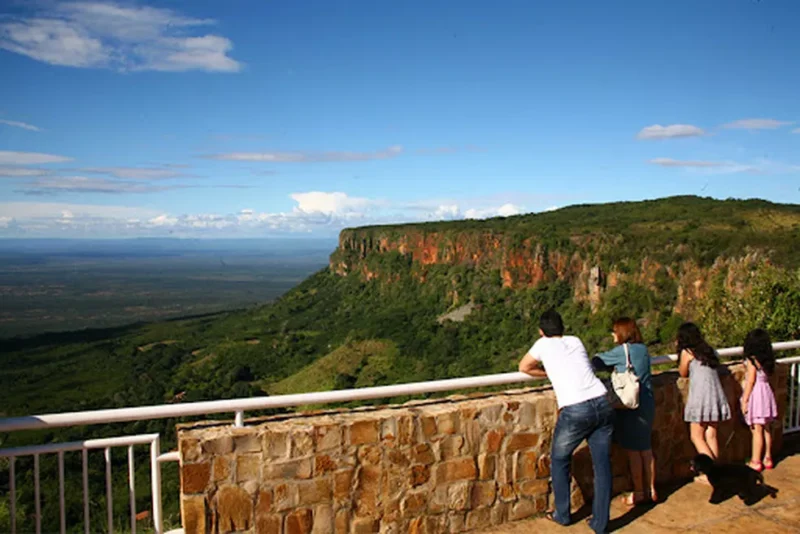
The curious name, according to the locals, came about because, long ago, the inhabitants of the villages at the top of the hill had only one way of communicating with those at the bottom: by shouting.
Located 14 kilometres north of the city centre, with access via a paved road, it has the infrastructure to welcome tourists during the city’s festivals and celebrations.
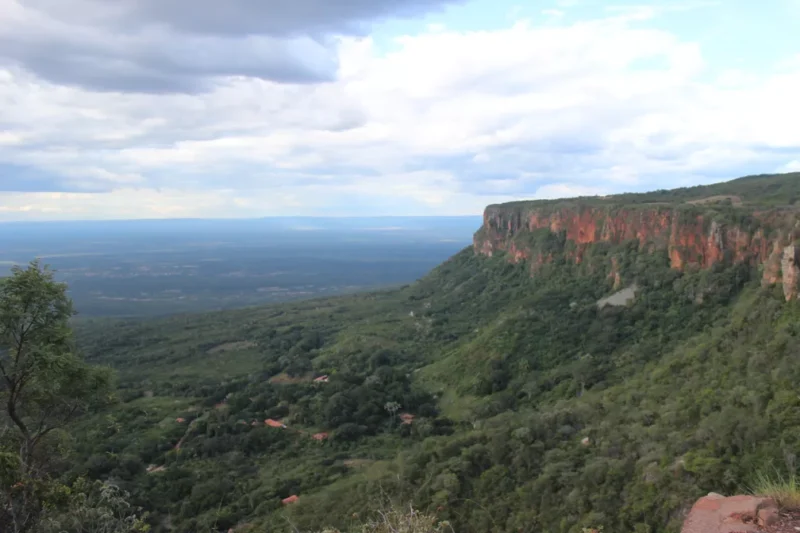
11. Events and festivals
Winter Festival: Pedro II is home to the Winter Festival, one of the most famous events in Piauí. Usually held in June, the festival attracts tourists from all over Brazil with its programme of musical shows, cultural presentations, craft fairs and local gastronomy. The combination of good weather and music makes the festival an experience not to be missed.
Carnival in Pedro II: Carnival in the city is also very lively, with street blocks, parades and popular festivals that keep the carnival tradition alive in the interior of Piauí.
4. Best time to visit
The best time to visit Pedro II is during the Winter Festival in June, when the weather is cooler and there is an intense cultural programme. However, the town can be visited all year round, especially during the rainy season when the waterfalls are at their best.
5. How to get there
The distance from Teresina to Pedro II is 207 kilometres.
From Teresina take the BR 343 motorway to the Federal Highway Police station in the town of Piripiri, turn right and follow the BR 404 for about 50 kilometres to the entrance gate. It is also possible to come from Ceará, via Crateús, following the same BR 404.
Pedro II is a destination that enchants with its combination of exuberant nature, rich culture and quiet atmosphere, making it one of the most special places in Piauí to explore.
This post is also on:
![]() Português
Português ![]() English
English ![]() Deutsch
Deutsch ![]() Español
Español ![]() Français
Français



















